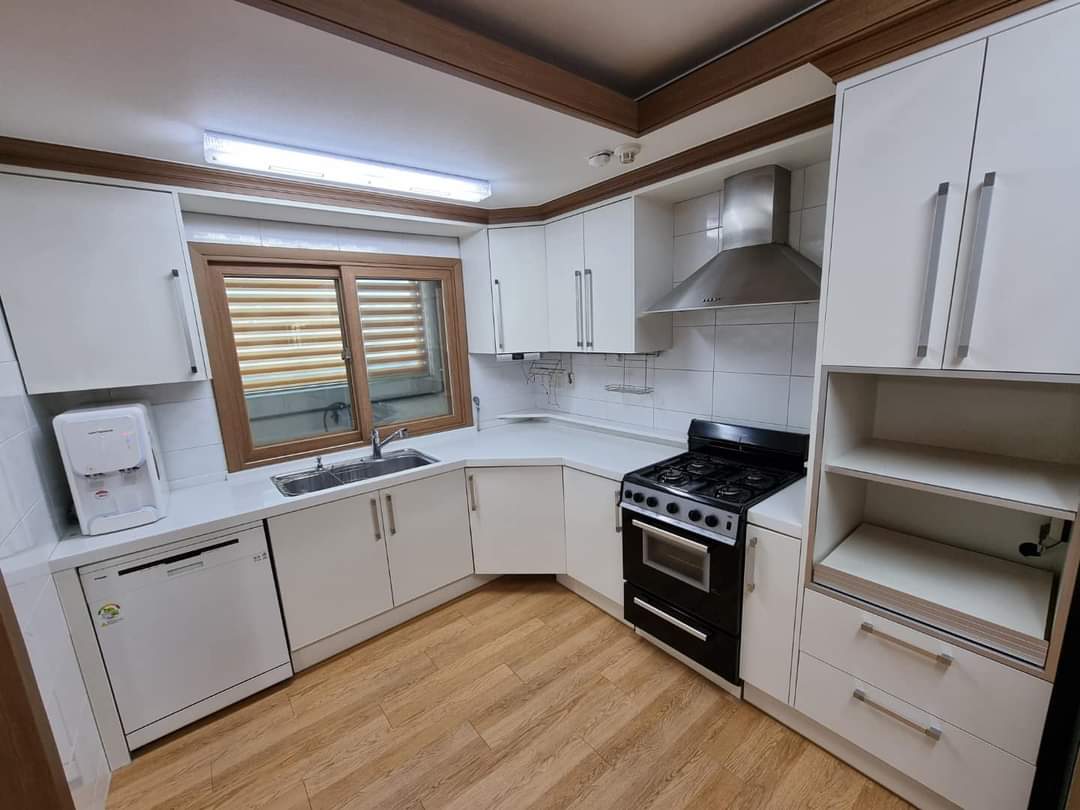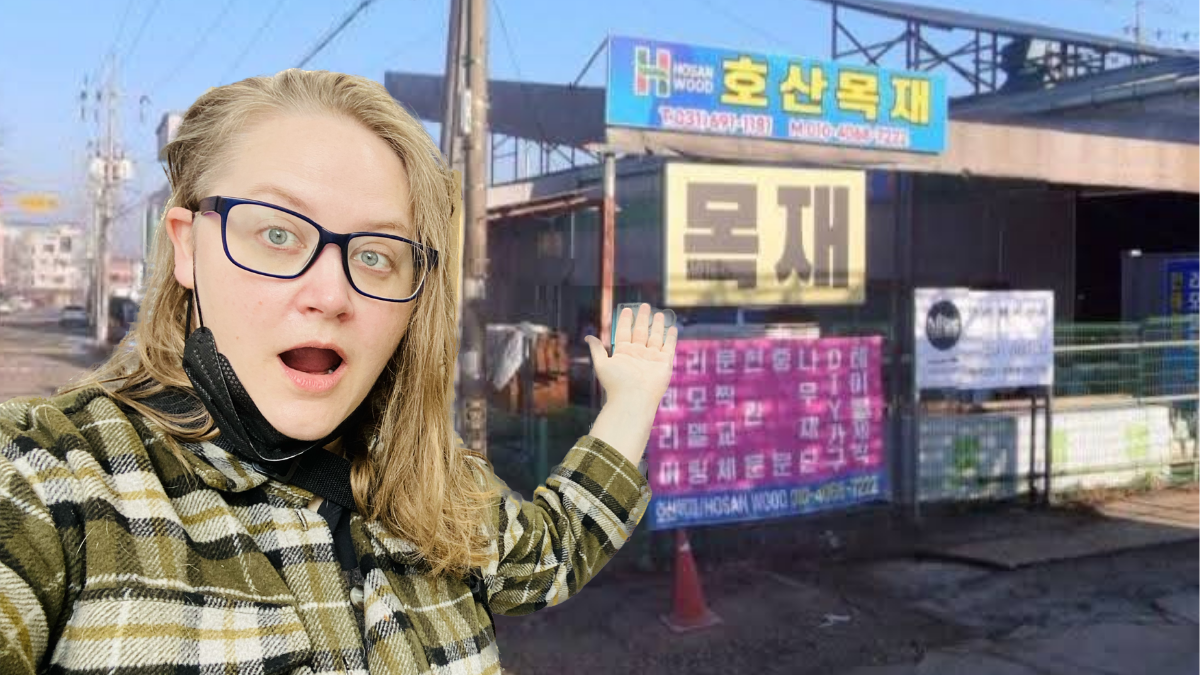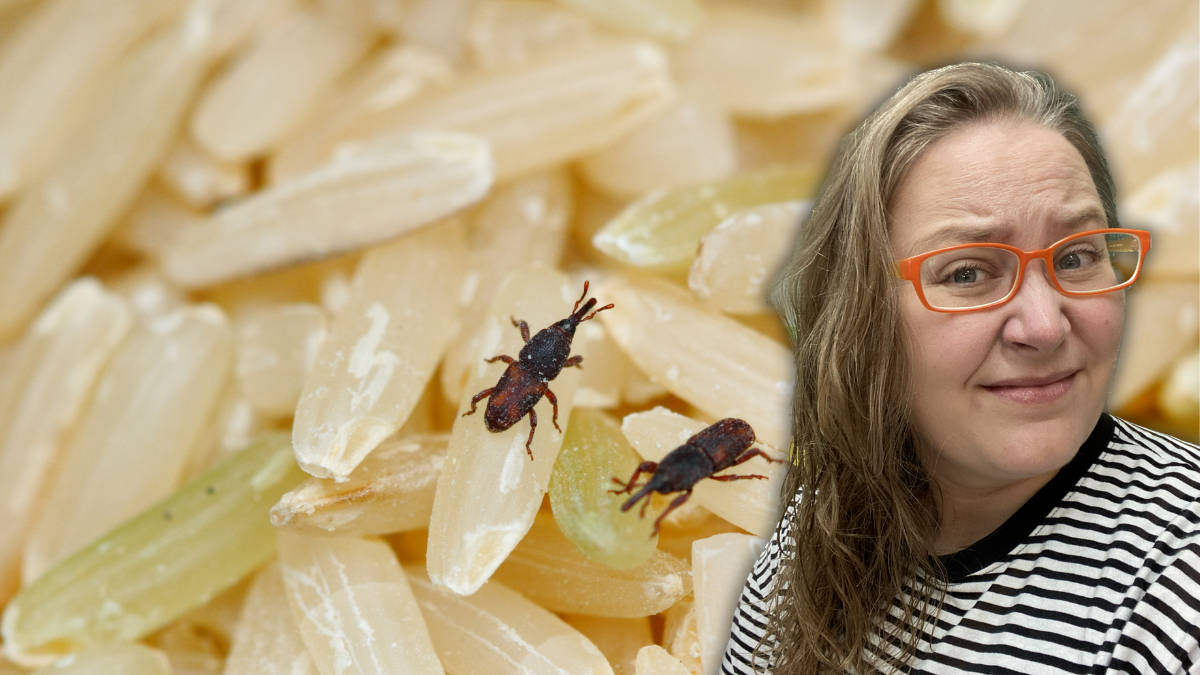
Household Pests in South Korea: A Local Guide
When you move to a new part of the world, you need to learn about local pest control. Don’t get caught off guard, learn about the household pests in South Korea and get ahead of the problem.
About Household Pests in Korea
The following post exists as a practical handbook for new residents who want to keep their homes bug-free. Let’s start by addressing the factors to consider for managing pests in your new home in Korea:
Temperature
Insects are ectotherms. Below about 20 °C, many pantry and drain pests cannot complete a life cycle; at 25–30 °C their development time can be cut in half, letting populations explode. Korean summers routinely reach that sweet-spot, so air-conditioning isn’t just for comfort—it literally slows roach and moth reproduction. Climate to TravelPMC
Humidity
High RH softens grain kernels, attracts mold (a food source for mites), and provides the moisture cockroaches need to survive. During the monsoon, outdoor RH averages 75 % in Seoul and can exceed 90 % on Jeju. Indoor kitchens and bathrooms mirror those numbers unless actively dehumidified.
Population Density
Shared walls mean shared pest pathways. Studies in Korean cities show German-cockroach counts climb with the number of adjoining units, because insects migrate through plumbing voids and trash chutes faster than single households can treat them. Bed-bug control is similarly building-wide, which is why early reporting to the 관리소 is critical.
Season
Korea’s insect calendar tracks the climate: mosquitoes and pantry pests surge once average lows stay above 18 °C; lovebugs now emerge every late-June thanks to warmer, wetter conditions; cockroach sightings peak in July–August when both heat and humidity crest. Knowing this rhythm helps you time prevention and professional treatments. So pay attention to the seasons and the impact of climate change when managing household pests in South Korea.
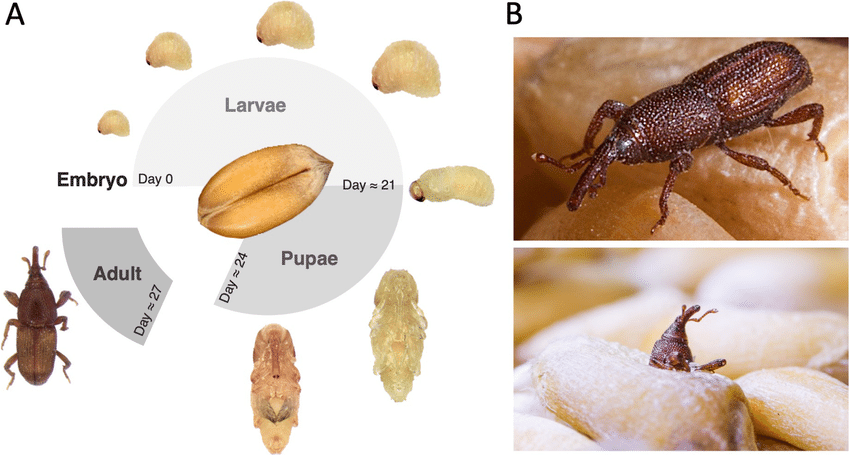
A Plan for Managing Four Key Environmental Factors
Now that you know what you need to pay attention to, lets jump into the basic plan for keeping your house in Korea pest free.
| Factor | What It Means for Pests | What You Can Do |
|---|---|---|
| Temperature | Most insects thrive once indoor temps stay above ≈ 20 °C (68 °F). In Korea that’s late spring → early fall. | Keep the thermostat under 24 °C when possible; store grain products in the kimchi fridge. Freeze grains before storing them. |
| Humidity | Cockroaches, silverfish, and mold-loving pantry bugs flourish when relative humidity tops 55 %. Korea’s monsoon (장마) season pushes RH > 75 %. | Run a dehumidifier (제습기) or A/C “dry” mode; empty water tanks daily. Aim for ≤ 50 % RH. |
| Population Density | High-rise apartments share walls, plumbing chases, and trash rooms—perfect bug highways. Infestations spread floor-to-floor. | Seal pipe gaps with silicone, install mesh in floor drains, or cover them when not in use, and report early sightings to the 관리소 (building office) so treatments can be coordinated. |
| Season | May – October: mosquito swarms, pantry moths, rice weevils, and cockroaches peak. November – April: rodents and cluster flies seek indoor warmth, but bug pressure dips. | Schedule deep “spring cleaning” (봄맞이 대청소) before May: vacuum baseboards, wash screens, and purge expired dry goods to start the high-bug season with a clean slate. |
Quick Takeaway: Korea’s hot, humid summers, mild shoulder seasons, and densely packed housing give pests abundant food, moisture, and entry points. Staying ahead of temperature, humidity, density-driven pathways, and seasonal cycles keeps most infestations from ever gaining a foothold.
General Year-Round Prevention Checklist
Of course, you also need to take precautions all year to prevent household pests in your home in South Korea. Some things you should always do:
- Seal: weather-strip doors, mesh window screens, silicone around pipes.
- Store: glass or HDPE airtight containers for all dry foods.
- Dry: run a dehumidifier (제습기) below 55 % RH—bugs hate dryness.
- Clean: wipe counters nightly, vacuum crumbs, flush sink drains with boiling water weekly.
- Inspect: luggage & second-hand furniture before bringing indoors.
- Report: to building 관리소 (management office) early—coordinated treatments work best in multi-unit housing.
Shopping List & Hangul Search Terms
Also remember to keep pest control items on hand at home as well.
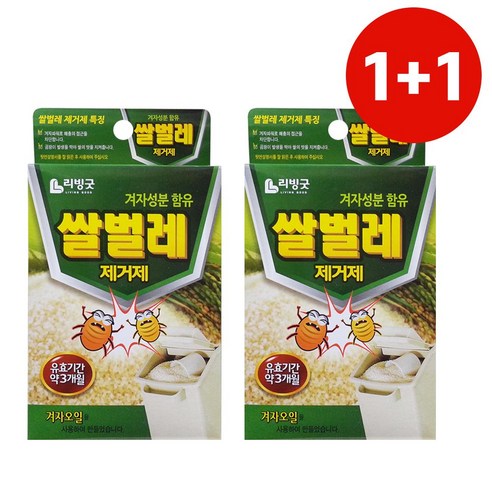
| Need | Product/Keyword in Korean | Notes |
|---|---|---|
| Cockroach traps/gel | 바퀴 트랩, 바퀴젤 | Sold at Daiso, Homeplus, Coupang |
| Ant bait | 개미약, 개미 겔 | Look for slow-acting gel |
| Mosquito control | 모기향 (coils), 전기 모기채 (electric racket), 모기장 (net) | Summer staples |
| Drain-fly killer | 배수구 세정제, 락스 | Monthly use prevents gnats. |
| Professional help | 방역업체, 소독업체, 해충 방제 | Ask for 견적 (quote) & 방제 계획 (treatment plan). |
| Rice Weevil Control | 쌀벌레 퇴치 | There are non-toxic mustard based packets that go into rice bins. |
| Indian-meal moth | 식품나방 퇴치 | Sprays, cleaners, and traps exist |
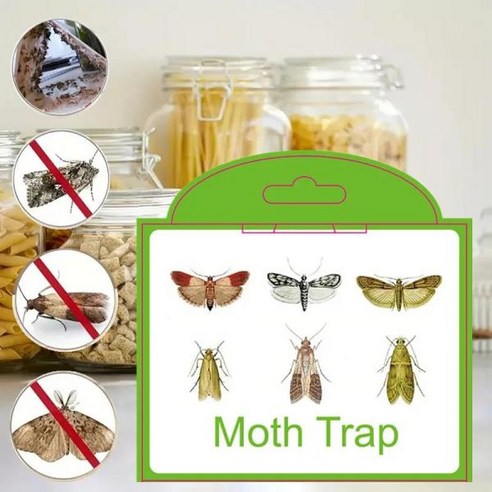
When to Call an Exterminator (방역업체)
Of course, when do you know it’s gone too far? When is it time to bring in a professional?
- Persistent sightings after two weeks of DIY measures
- Bed bugs or large cockroach colonies—they spread quickly between apartments
- High-risk buildings (gosiwon, jjimjilbang-style saunas) often require whole-building treatment
Typical apartment service (cockroaches/ants) starts around ₩120 000 for a 20 평 unit; bed-bug heat or chemical treatments range ₩400 000-1 000 000 depending on room count. Always request:
- Written estimate (견적서)
- Service guarantee (재방문 보증)
- Insect identification (해충 동정) report
Rental managers may sometimes split the bill if the issue predates your lease. You can’t expect this to happen but it’s worth asking.
Final Thoughts
Stay alert, stay sealed, and you’ll keep most creepy-crawlies firmly outside your Korean home. This will protect your food, peace of mind, and leave you more time to enjoy everything else this country has to offer!

Founded in 2015, the South of Seoul team consists of volunteers on three continents working together to support English-speaking people traveling or living in South Korea. South of Seoul volunteers work with organizations and individuals across South Korea to improve equitable access to information across South Korea. Much of South of Seoul’s information focuses on Pyeongtaek, Gyeonggi-do, South Korea.
Blogs published under the authorship of “South of Seoul” include blogs compiled by multiple volunteers to improve access to standardized information unrelated to individualized personal experiences.


